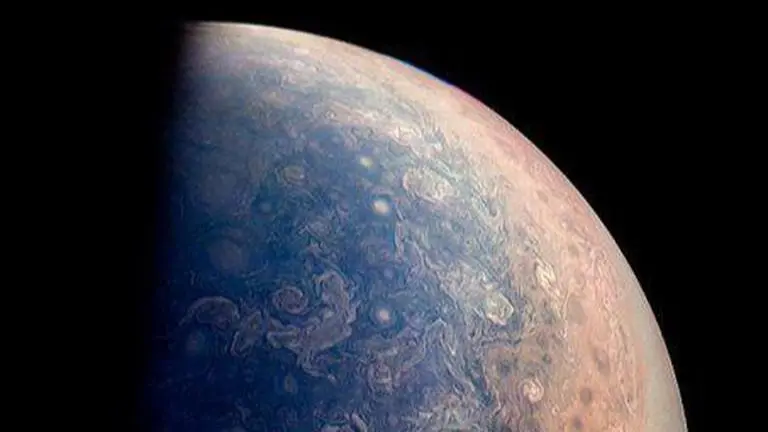Updated 17 November 2021 at 17:56 IST
Ahmedabad-based astronomers discover exoplanet bigger than Jupiter, 725 light-years away
Ahmedabad-based astronomers have discovered an exoplanet, 725 light-years away from Earth, orbiting a star having a mass of 1.5 times that of the sun.
- Science News
- 2 min read

Marking a historic discovery, Indian astronomers have located an exoplanet 725 light-years away from Earth which is orbiting an ageing star having a mass of 1.5 times that of the Sun. According to a statement by the Indian Space Research Organisation (ISRO), the discovery was made by the Ahmedabad-based Physical Research Laboratory's (PRL) exoplanet search and study group which has now been published in the journal Monthly Notices of the Royal Astronomical Society.
PRL marks its second exoplanet discovery
Dubbed TOI 1789b, this new exoplanet is bigger than Jupiter and is the second discovery made by the PRL as it first discovered a world outside the solar system named K2-236b in 2018. The latter is a sub-Saturn-sized planet and is located 600 light-years away. The astronomers were able to observe the new exoplanet using the first-of-its-kind PRL Advanced Radial-velocity Abu-sky Search (PARAS) optical fibre-fed spectrograph, equipped in the 1.2-meter Telescope of PRL in Mt. Abu.
Led by Professor Abhijit Chakraborty, the team found that the exoplanet is revolving extremely close to its star dubbed HD 82139 as it completes one revolution in under four days. For scaling, the distance is just one-tenth the distance between Mercury and the sun. As a result, this proximity makes the exoplanet's surface temperature reach up to 2000 K. What makes the discovery even more special is that there are less than 10 such close-in systems of exoplanets discovered so far.
Reflecting on the discovery, ISRO said as per its statement-
Advertisement
The detection of such system enhances our understanding of various mechanisms responsible for inflation in hot-Jupiters and the formation and evolution of planetary systems around evolving and aging stars.
Interestingly, PARAS was also able to determine the mass and size of the planet which turned out to be 70% and 1.4 times that of Jupiter, the largest planet in our solar system. As per reports, the findings emerged after extensive observations that were carried out between December 2020 and March 2021 entailed by a follow-up investigation with the data obtained by TCES spectrograph from Germany in April 2021, and the photometric observations from the PRL's 43-cm telescope.
(With PTI inputs)
Image: Twitter/@bitsofjupiter
Published By : Harsh Vardhan
Published On: 17 November 2021 at 17:56 IST
